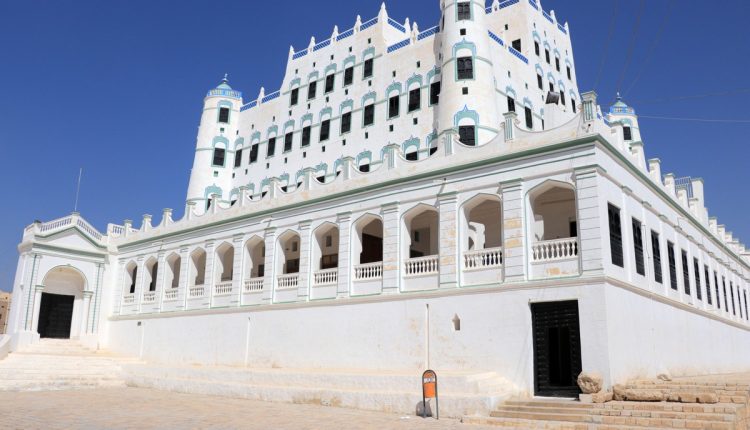Seiyun Mud-Brick Palace ’at Risk of Collapse’
Yemen’s iconic Seiyun Palace, one of the world’s largest surviving mud-brick structures, is at risk of collapse after heavy rains and years of neglect amid the ongoing war in the country.
The 19th-century palace is known formally as Sultan Al-Kathiri Palace and is named after the British-allied sultan who lived there. It was originally a fort but the palace was finished in the 1920s when the central Hadhramout region in which it is located was part of the British protectorate of Aden.
However, the seven-storey building, which became a museum in the 1980s, is at risk of collapsing, according to an engineer who specialises in restoring historic buildings. “There is damage to the base of the structure, the walls, the roofs, and it needs to be fixed and then routinely maintained,” Abdullah Barmada told AFP.
The provincial head of the department of antiquities and museums, Hussein Aidarous, is quoted by AFP as saying that the Seiyun is one of the most important mud-brick buildings in Yemen and maybe even the whole Arabian Peninsula.
The palace is the latest Yemeni heritage site at risk from floods which have killed many local people. Extreme weather conditions have also damaged the mud-brick “sky-scrapers” in the nearby 16th century Old City of Shibam, a designated UNESCO World Heritage site known as the “Manhattan of the desert”.
The director of the Seiyun Palace Museum, Said Baychout, said that precious artefacts from the palace including Stone Age tombstones, Bronze Age statues and pottery has been hidden since 2014 due to fears of looting, pillaging and damage.


